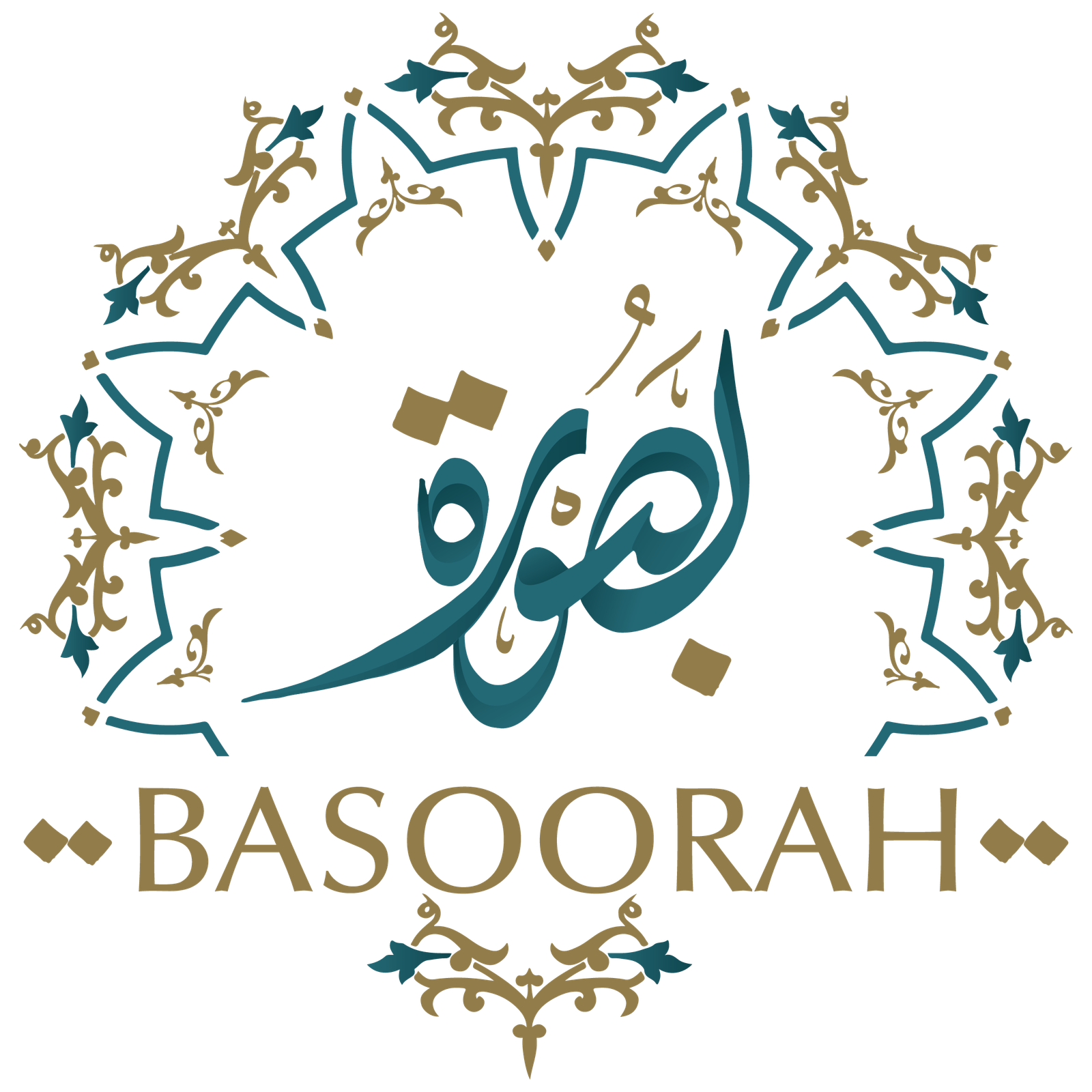Arabic Calligraphy, Calligraphy
Arabic Calligraphy Font
Arabic calligraphy holds a significant place due to its high achievement in Arabic art. It has produced enormous numbers of styles that had emerged from different parts of the world especially Turkey and Iraq. Arabic calligraphy is an empyreal art that made its place globally due to the multifariousness of characteristics, passion required, and the hidden message it was meant to convey.
People think Arabic calligraphy is similar to Arabic typography, however, both are different from each other. Typography needs to deliver the meaning of the sentences on the other side, which calligraphy expresses through its form, style, and gestures. Calligraphy also upgrades spirits and elucidates emotions. Today, calligraphy is not only used in architecture, ornamental pieces, or decoration of the house, but also it represents sacredness and transcendence through the text and with the help of styles and fonts.
Arabic writing is in cursive so, its font and style are dependent on the movement of pen and hand gestures. We have collected a few historic Arabic fonts that have been widely used in calligraphy to enhance the meaning and message. Let us have a look at some of the most famous calligraphic fonts.
Kufi Style
The first calligraphic style is called Kufi that contains angular letters, horizontal and thick extended strokes. The Kufi style emerged in Makkah and spread in Medina due to its antique style. The Kufic fonts are intertwined with a floral ornament that seems knotted tightly. The Kufic was widely famous due to its different look that appeared perfect while decorating the wall of the house.
Naskh
The original style is originated in the 7th Century in the city of Makkah and Medina. It has legible fonts and style that made it famous throughout Iraq, Iran, Turkey, and other Muslim countries. It is the most common style used in Holy Quran Publication.
Thuluth
The word Thuluth means one-third. It is closely linked with religion, and you can easily find this in mosques decoration. The fonts are comparatively large and are slightly tilted towards the left with a round texture.
The Diwani Style
The Ottoman dynasty held the Arabic script, font, and its calligraphic beliefs in high and divine regard. They developed them full of devotion, passion, and great imagination. The Ottoman Empire patronized passionate, most talented, and skilled calligraphers to develop the derivative style known as The Diwani style. This style contains unique Arabic fonts to depict and enhance the style subtly. Ibrahim Munif and Shaykh Hamdullah played a pivotal role to make the Diwani style emerged and developed. It is the cursive script based on hanging baseline however, its latter connection is veered and verticle. The font of the Diwani style is written without vocalization traits. The Jali Diwani is also another variation in the style which is famous and highly admired due to its delicate ornaments in fonts. The Jali Diwani was used to write names of Sultans and Ottoman Emperor.
Ruq’ah
Ruq’ah was created by combining two styles; Taliq & Diwani in Istanbul, Turkey. Ruq’ah has diagonal font structures and combining strokes that increase the speed of writing can be observed between Ruq’ah and that of its origin styles. The main feature is the elimination of elongations, improvements, or the requirement to raise the pen of the paper. These characteristics made Ruq’ah fonts quick to write and considered best for government communication.
Proportional Scripts
This script emerged in the 13th century. Each letter is determined by the diamond-shaped called rhombic. A diamond-shaped dot (rhombic) is formed when the calligrapher moved his pen downward to produce a diamond shape. The promotional script can vary in size, however, the proportion of the words has to be proportioned. The six proportional scripts are naskh, thuluth, muhaqqaq, rayhani, tawqi‘, and Riqa‘
Regional Scripts and Variations
Regional Scripts have their distinguished purpose and historical background; some were used widely, however, others prevailed locally. It was first developed in Spain & North Africa and spread in Ottoman Turkey.
Calligraphic Tools
Calligraphy is sacred and Holy art that is famous globally, however, this art is difficult to learn. It requires complete guidelines and mastership to acquire it properly. Tools and products also affect the quality of work as handwriting due to pen can vary. The Qalams are often fashioned from reeds to have sharp nip for calligraphy. Inks on the other side are made from real essence to give an amazing look. Manuscripts are written on parchment paper as they can preserve for art for goods.
Conclusion
No one can deny the importance of calligraphy due to the history it holds in Islamic history. It is popular worldwide due to its style and font size besides sacred value in Islam. The history in font development disclosed that it all depends on the calligrapher to give the bewitching outlook by adopting the best style, fonts, and color according to the demand of the customer.
